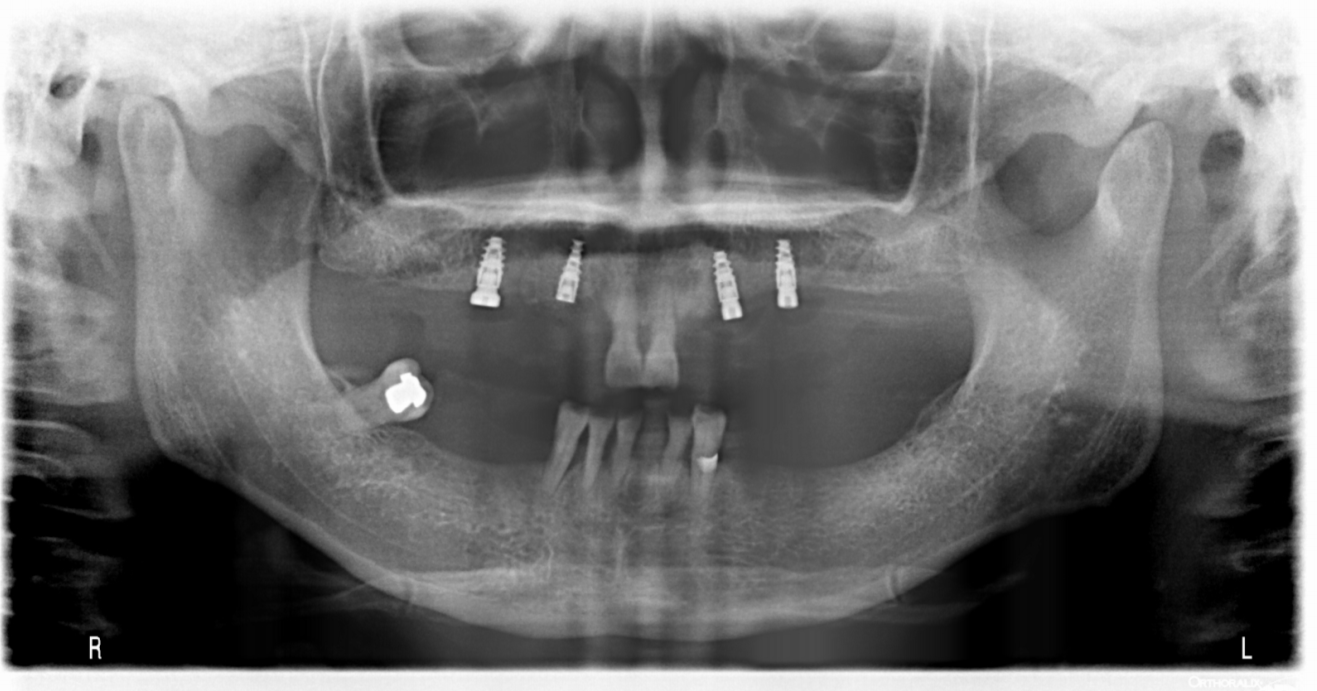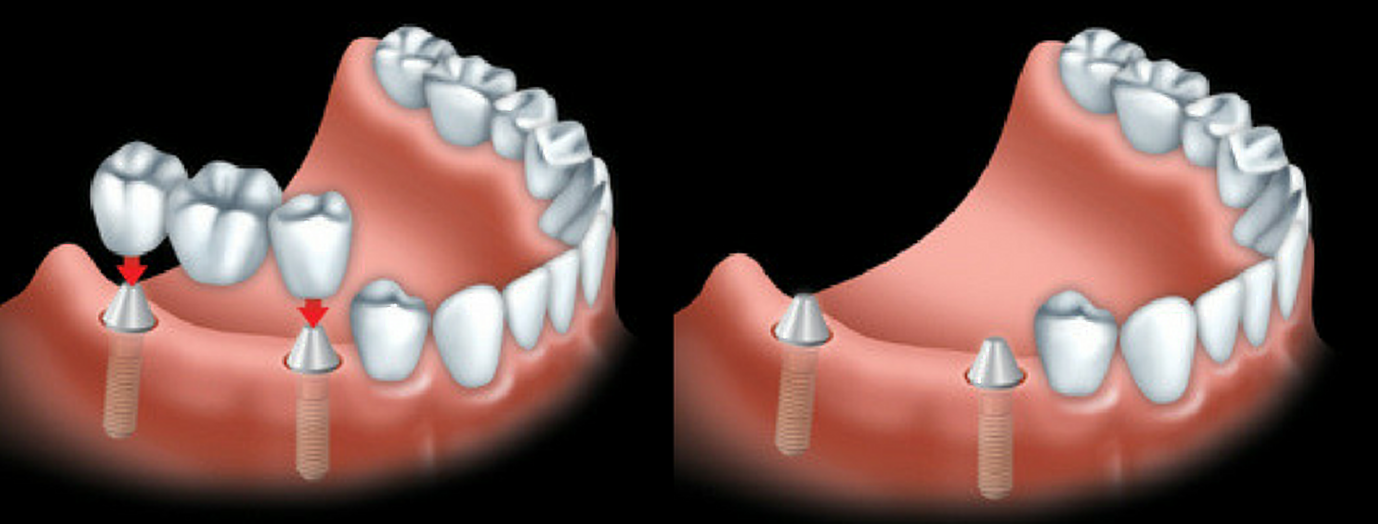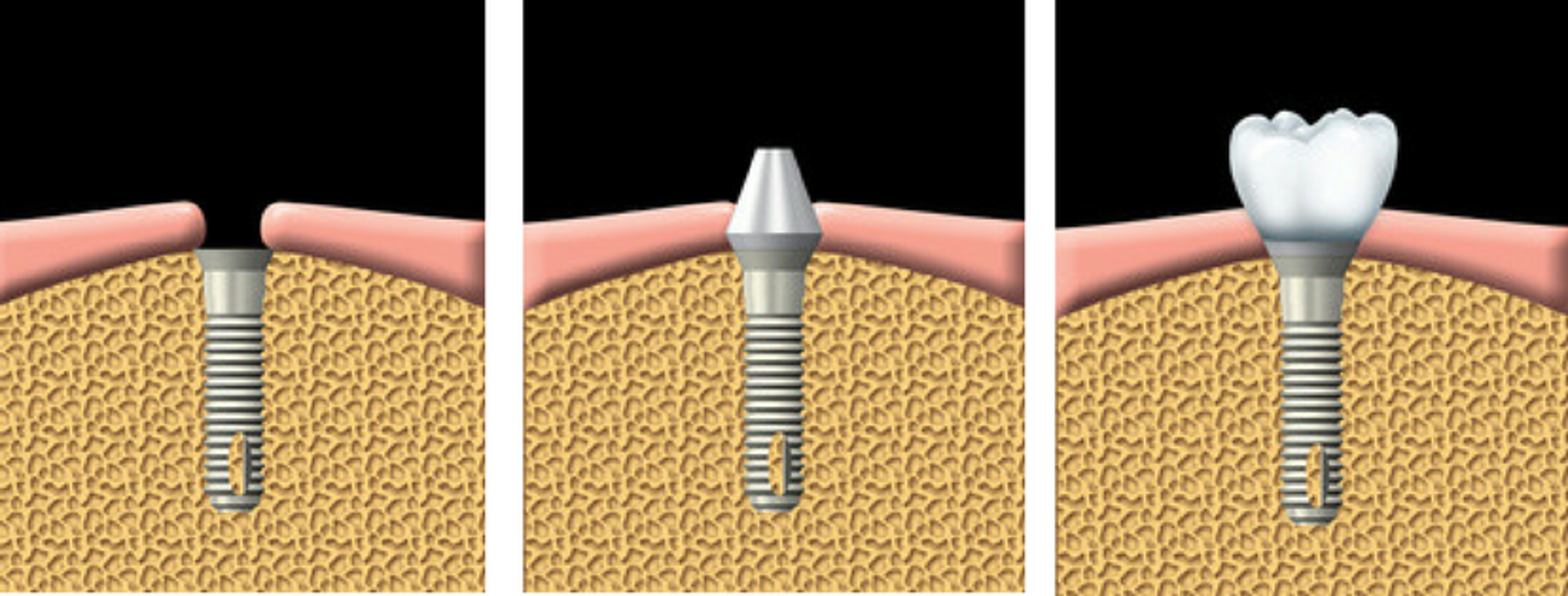Have you ever had one of those dreams were all your teeth fall out and you feel extremely devastated despite having found tons of gold coins under your pillow left by the tooth fairy? Once upon a time, losing a tooth can be a traumatic experience simply because it is irreversible and the loss is forever. Now, according to Dr Hussein Al-Wakeel, Head of Oral Healthcare Centre at IMU Healthcare, the tooth fairy has brought wonderful news – it is the next best thing to healthy, natural teeth – dental implants. 
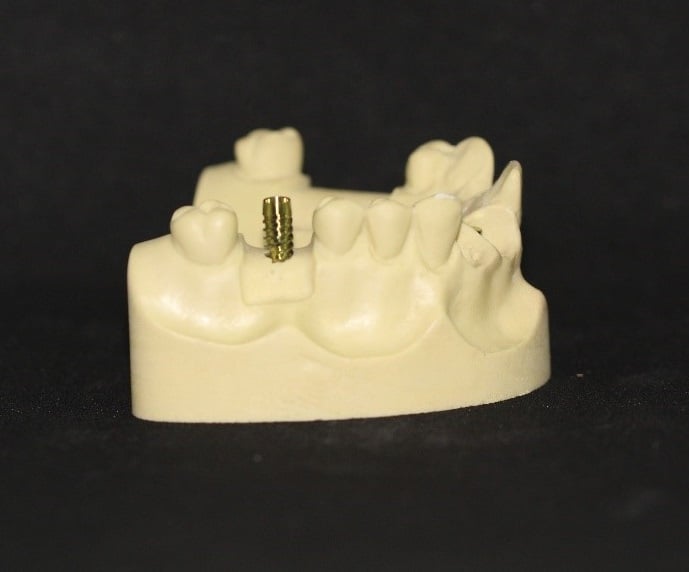
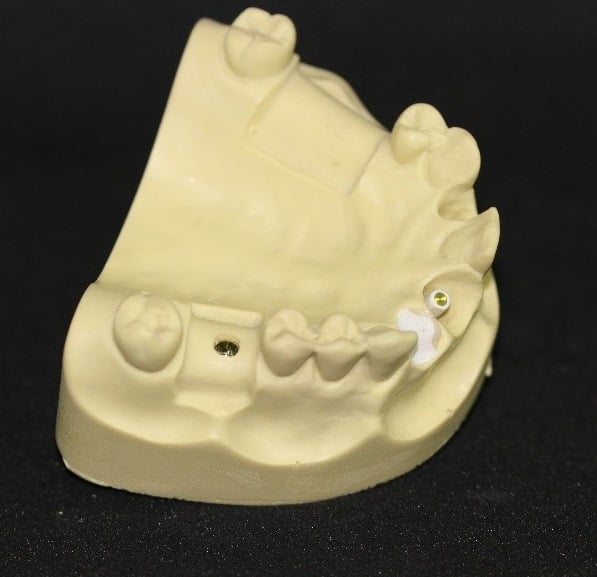
What a dental implant looks like
Adult tooth loss Natural teeth are very precious and nothing can truly replace them. Tooth loss however, is sometimes inevitable. According to the Oral Health Division of our Ministry of Health, tooth loss is a problem among adults and the elderly with only 76.9% of adults aged 35-44 and 23.9% of adults aged 60-70 having at least 20 functional teeth. This is alarming as major tooth loss should not be experienced at 35-44 years when average life expectancy of Malaysians is more than 70 years. Another study by the Health Ministry shows 7% of adults in Malaysia had lost all their natural teeth with about 30% of Malaysian adults who were found to have oral health problems had indicated that it affected their quality of life such as self-confidence, problems with social interaction and pain during eating.
Dr Wakeel shared that gum disease, tooth decays, trauma from accidents or sports injuries, missing teeth due to genetics and other risk factors such smoking and poor nutrition are among the reasons for teeth loss.
The effects of tooth loss There are many ways tooth loss can affect a person’s life. If the missing tooth is located in the smile zone, unsightly gaps can be obviously seen every time a person smiles. Besides aesthetic reasons, the empty space between teeth can cause the adjacent teeth to drift or move. More importantly, tooth loss will cause the bone which surrounds and supports the other teeth to lose width and height and surrounding gum tissues will decrease. Besides losing proper support, another consequence is the effect on the ability to chew and to speak. According to Dr Wakeel, although bridges and dentures are viable replacement options for the loss of teeth, dental implants bring about far superior benefits. What are dental implants? Generally, there are two parts of a tooth: the crown (the part you see in the mouth) and the root (the part covered by the bone). Dental implants are artificial replacements for the missing teeth alongside with its roots. The artificial root is fused to the bone of the jaw and a crown, usually made of metal or porcelain, is attached to it. Aesthetically, dental implants provide stability and look just like natural teeth. If there are several missing teeth at the same time, most people will have to decide between:
- Regular dentures, better known as false teeth, are a removable replacement for missing teeth and surrounding tissues and would rest on the gums.
- Dental bridges as the name implies bridge the gap created by one or more missing teeth. A bridge is made up of two or more crowns for the teeth on either side of the gap and a false tooth/teeth in between
- Dental implants are artificial teeth that are fused to the bone of the jaw.
- Implant-supported denture or implant-retained dentures are dentures attached to and supported by implants.
Dr Wakeel explains the benefits of having dental implants are:
- Fixed position in the jaw – Does not need to be removed for cleaning as they are fixed and attached to the bone in the jaw.
- Lowers bone loss rate – Prevents further deterioration of bone (loss of bone) and bone height as it acts as a preservative for the soft tissue and bones.
- Prevents drifting/movement of adjacent teeth – No empty spaces between teeth, protect the health of the adjacent teeth.
- Look good aesthetically – Permanently in place and makes it easy to smile and laugh.
- Ability to eat well – Greater chewing ability improves general nutritional health
- Long lasting and comfortable – With proper care and regular visits to the dentist, dental implants can last a lifetime.
Implant-support can be used with dentures or bridges
Dental implants vs dentures or bridges Dental implants are a form of innovative treatment that helps to restore the normal function of our teeth while providing superior comfort. They not only look good but also helps maintain good oral hygiene and care. “If this is a suitable treatment for a patient’s condition, a dentist would typically suggest that it be given due consideration. Initially, dentures and bridges seem less expensive as it can be created relatively quickly and don’t require surgery. However, dentures could damage adjacent teeth (cutting them), require multiple dental visits as well as replacements, which in the long run, may cost even more than having dental implants. Additionally, dentures and bridges allow the jaw bones to break down because the tooth roots are still missing. Bridges can be difficult to clean because of their external hardware, which also can make patients feel self-conscious. Same with dentures as it has a tendency to slip or click when patients open their mouth. Finally, unlike dental implants, both don’t normally last for life. These problems are absent with dental implants,” says Dr Wakeel. What is the procedure like?
A thorough dental examination will be conducted to ensure that it is a suitable treatment for the individual patient and the process and risk factors will be explained by the dentist. The dental implant treatment is a surgical procedure and is performed in stages in three visits over 3-6 months.

A metal fixture is placed on the first visit, a post (abutment) is placed on the second visit, and the crown is placed on the third visit.

What a dental implant looks like – Source: interphasesolution at FreeDigitalPhotos.net
Implant-support can be used with dentures or bridges Source: Canadian Dental Association
A metal root is placed on the first visit, a post (abutment) is placed on the second visit, and the crown is placed on the third visit. Source: Canadian Dental Association
This article is brought to you by IMU Healthcare.





